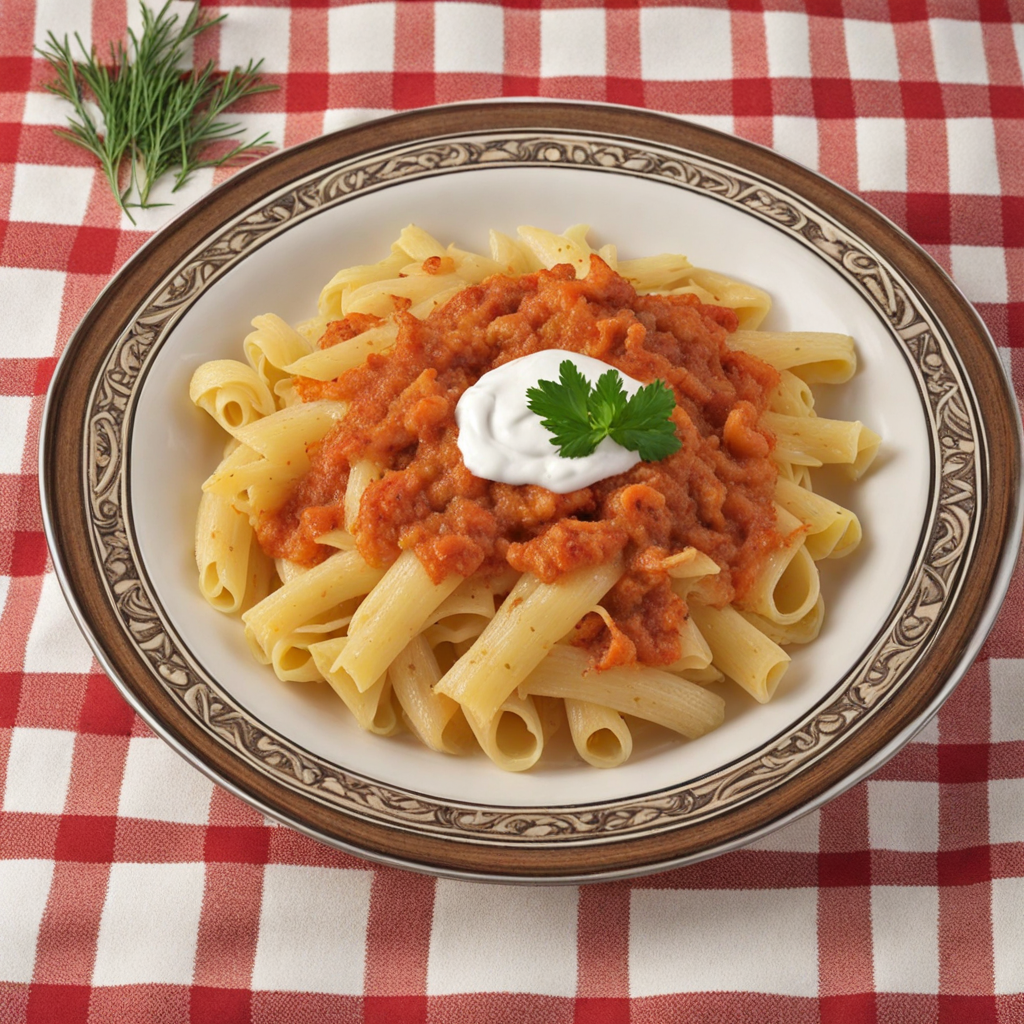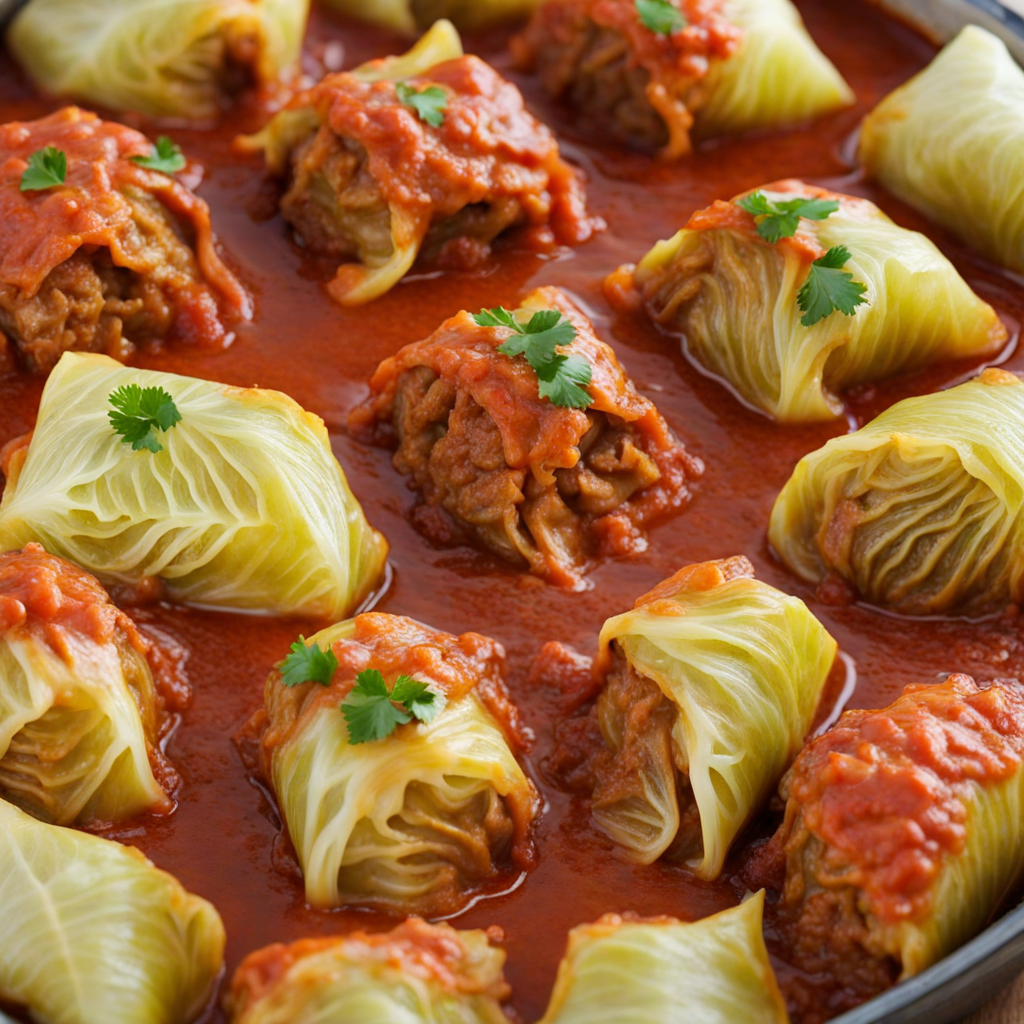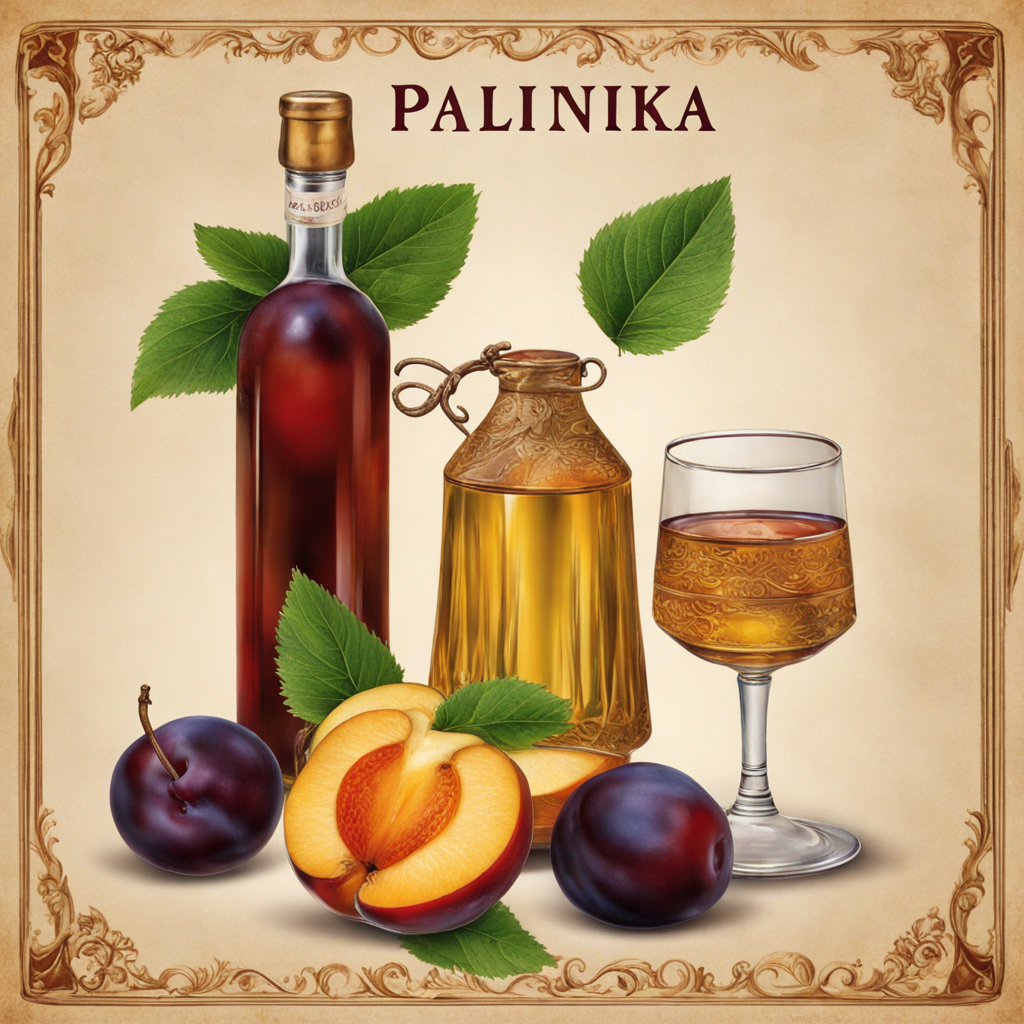Kolbász
Kolbász is a traditional Hungarian sausage that embodies the rich and robust flavors of Central European cuisine. Made primarily from pork, beef, or a combination of both, this artisan sausage is seasoned with a blend of spices that typically includes paprika, garlic, salt, and pepper. The distinct smokiness that characterizes Kolbász comes from the traditional smoking process, which not only enhances its flavor but also contributes to its deep red color. Each region in Hungary has its own variations, with different herbs and spices that reflect local tastes and customs, making every bite a unique culinary experience. When it comes to texture, Kolbász is often coarsely ground, giving it a satisfying bite that pairs perfectly with its rich, savory flavor profile. It can be enjoyed in various ways—sliced thinly and served on a charcuterie board, grilled to perfection, or simmered in stews and soups. The versatility of Kolbász makes it an excellent ingredient for both casual gatherings and festive occasions. Its robust flavor can elevate simple dishes and is often accompanied by hearty sides like pickles, bread, and potatoes, making it a beloved staple in Hungarian households. Discovering Kolbász is not just about tasting sausage; it’s about experiencing a piece of Hungarian heritage. This beloved food item carries with it stories of family traditions and local craftsmanship, often made using recipes passed down through generations. Whether you savor it at a bustling market, in a cozy restaurant, or at a friend's dinner table, Kolbász offers a delightful journey into the heart of Hungarian culture, inviting you to indulge in its authentic flavors and embrace the warmth of communal dining.
How It Became This Dish
The History of Kolbász: A Hungarian Culinary Treasure #### Origins Kolbász, the quintessential Hungarian sausage, is more than just a culinary delight; it is a symbol of Hungary's rich agricultural heritage and cultural identity. The roots of kolbász can be traced back to ancient times when the early inhabitants of the Carpathian Basin relied on the preservation of meat as a vital food source. Archaeological evidence suggests that the practice of curing and smoking meats has been a tradition in this region for thousands of years, influenced by various cultures that have inhabited or invaded the area, including the Romans, Ottomans, and various Slavic peoples. The word "kolbász" itself derives from the Slavic term “kolbasa,” which also means sausage. This etymological link highlights the exchange of culinary practices among neighboring cultures, as the concept of sausage-making transcends geographical boundaries. However, it is in Hungary that kolbász has evolved into a distinct and celebrated dish, characterized by its unique spices, preparation methods, and cultural significance. #### Cultural Significance In Hungary, kolbász is not merely a food item; it embodies the spirit of community, tradition, and family. It is often associated with festive occasions, family gatherings, and communal celebrations. The preparation of kolbász is a communal activity, where families and friends come together to make large batches of sausage, particularly during the colder months. This act of collaboration strengthens social bonds and reinforces the importance of sharing food as an expression of love and hospitality. Kolbász is also a staple in Hungarian cuisine, often served at various events, from casual picnics to grand feasts. Its presence at traditional celebrations, such as Christmas and weddings, further underscores its significance in Hungarian culture. The sausage is typically paired with bread, pickles, or served with traditional side dishes like sauerkraut, showcasing the Hungarian penchant for hearty, flavorful fare. #### Development Over Time The evolution of kolbász reflects Hungary's changing sociopolitical landscape and culinary innovations. During the Middle Ages, the art of sausage-making was further refined, with the introduction of various spices such as paprika, which would come to define Hungarian cuisine. Paprika, a vibrant red spice derived from capsicum peppers, was introduced to Hungary in the 16th century, and its incorporation into kolbász gave the sausage its distinctive flavor and color. The use of paprika not only enhances the taste but also ties the dish to Hungary’s agricultural practices, as the country became known for its paprika production. By the 19th century, kolbász had cemented its status as a national dish. Regional variations began to emerge, each with its unique characteristics, reflecting local tastes and traditions. For instance, the famous Gyulai kolbász, originating from the town of Gyula, is made from high-quality pork shoulder and flavored with garlic and paprika. It is renowned for its rich flavor and is often enjoyed as a delicacy. Another popular variant is Debreceni kolbász, which is larger and spicier, made with a mix of pork and beef, and seasoned with a more robust blend of spices. As Hungary entered the 20th century, kolbász became increasingly integrated into the national identity, particularly during the interwar period. The rise of nationalism saw a revival of traditional foods, and kolbász was embraced as a symbol of Hungarian culture. It was during this time that the sausage gained international recognition, especially as Hungarian immigrants brought their culinary traditions to other countries. #### Modern Innovations The post-World War II era brought significant changes to Hungary, including the rise of communism, which impacted food production and availability. Despite these challenges, kolbász remained a beloved staple. In the 1960s and 70s, the government sought to promote traditional Hungarian foods, and kolbász was featured prominently in state-sponsored culinary initiatives. This period saw the establishment of specialty shops and butcheries dedicated to producing high-quality kolbász, ensuring the preservation of traditional recipes and techniques. In contemporary Hungary, kolbász continues to thrive, with artisanal producers and small-scale farmers reviving traditional methods in response to a growing demand for authentic, locally-sourced food. Farmers’ markets and food festivals celebrate kolbász, showcasing the diverse regional varieties and fostering a renewed appreciation for Hungary’s culinary heritage. Additionally, the rise of the gastronomic movement has led to innovative interpretations of kolbász, where chefs experiment with new flavors and presentations while honoring traditional techniques. Beyond Hungary, kolbász has found its way into international cuisine, appealing to food enthusiasts and chefs worldwide. It is increasingly featured in fusion dishes, from gourmet pizzas to charcuterie boards, reflecting the globalization of food culture. This international exposure has further solidified kolbász’s status as a culinary ambassador of Hungary, inviting people to explore the country’s rich traditions through its flavors. #### Conclusion Kolbász is a testament to Hungary's rich culinary history and cultural identity. From its ancient origins to its modern-day interpretations, this beloved sausage encapsulates the spirit of community, tradition, and innovation. As Hungary continues to evolve, kolbász remains a cherished symbol of its heritage, uniting people through the shared experience of food. Whether enjoyed at a festive gathering or in a quiet moment at home, kolbász invites all to savor not just its flavors, but the stories and traditions that have shaped it over centuries. The enduring legacy of kolbász is a reminder that food is not merely sustenance; it is a connection to culture, history, and the people we cherish.
You may like
Discover local flavors from Hungary






